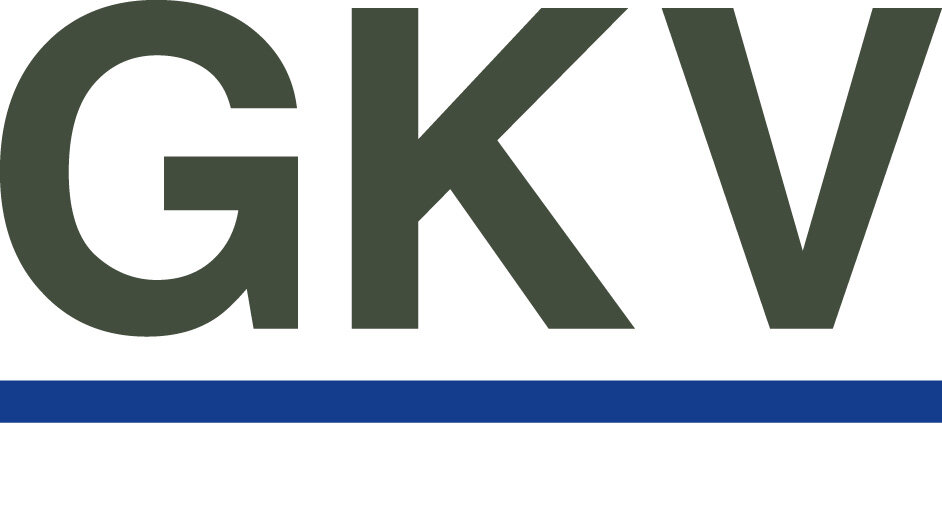Flexibility, Alienation, and the Origins of Post-COVID Office
Influences On The Architectural Form Of The Post-Covid Office
The Early Euphoria of Working from Home
In May 2020 Google, Facebook, and Twitter announced that they would allow their employees to work from home (WFH) indefinitely, or at least until June 2021. Business observers saw the decisions as to the future of the workplace, noting that it would be beneficial for both business owners and employees. Corporations could save money on office leases and employees could save hours from their workdays otherwise consumed with stressful commutes. Early reports of the move to fully remote offices, furthermore, claimed that remote employees were performing better than expected.
Rediscovering the Soul of the Company in the Post-COVID Office
While many companies discovered that it was indeed possible to continue operations 100 percent remotely; other firms, including Aetna, IBM, and Yahoo, tried work from home (WFH) arrangements in previous decades with poor results. Marissa Mayer, chief executive of Yahoo, forced employees back into offices in 2013 observing, in a company memo, “Some of the best decisions and insights come from hallway and cafeteria discussions, meeting new people and impromptu team meetings.” Other business leaders in both technology and finance have made similar comments. When asked about when he wanted employees to return to the office, Reed Hastings of Netflix quipped, “Twelve hours after a vaccine is approved”. Jamie Dimon of JPMorgan Chase bluntly observed “Going back to work is a good thing,” and noted that his bank has seen “alienation” among younger workers.
The range of opinions regarding work from home reflects both a panicked response to a global crisis and deep introspection about the very purpose of the office. With a vast majority of the workforce suddenly working from home in March 2020, companies were seemingly euphoric that they could continue operations fully remotely. Office furniture manufacturer Steelcase has called this “panic productivity”. Early lockdown policies of companies including Facebook and Google suggested the emergence of a radically new world of work, one that would transpire mostly from remote locations. Pre-COVID attempts to work remotely, however, suggested a different narrative. Remote working, while allowing companies to continue operations, was ultimately no substitute for the person-to-person interactions that fueled the vibrancy of corporations. Ultimately, the soul of the company resides in the office.
Use of the Post-COVID office
The comments of corporate CEOs, such as Marissa Mayer and Jamie Dimon, are also part of a broader questioning and affirmation of the reasons why we even have offices in the first place. In their multi-installment research on the future of the office, Cushman and Wakefield presented a brief history of the office and articulated four needs that offices have fulfilled: managerial command and control, maximizing worker productivity, providing capital resources that cannot be found elsewhere, and building individual social interaction that comprises the backbone of corporate culture. The Cushman and Wakefield study also notes that the relative importance of these needs have changed over time: where the late 19th-century office valued managerial control highly, the present-day office puts much a greater premium on the establishment of corporate culture.
The Post-COVID Office as a Hybrid Office
The post-COVID office must continue to meet these needs. And while both employers and employees recognize that offices enable businesses to survive and thrive, they have gained a newfound appreciation of the flexibility of schedule that working from home provides. In a survey conducted by Global Workplace Analytics in the early days of the pandemic lockdown (March to April 2020) 82 percent of US office workers wanted to continue to work from home even after the pandemic, but only 16 percent wanted to permanently stay away from the office. When asked about the prospect of giving up an assigned desk in exchange for the opportunity to work from home some of the time, 60 percent of respondents answered yes. A CoreNet Global-Cushman & Wakefield survey produced similar responses: the majority of employers and workers characterized their pre-pandemic approach to work as “office first”, but expected that a hybrid office-remote approach would be prevalent after the lockdown.
The designer Thomas Heatherwick sees the continued, if not enhanced, relevance of the office in the post-COVID era as a hybrid arrangement. Recognizing that digitalization allowed workers to be productive outside the office, he sees the COVID crisis, not as a disruptive event, but one that accelerated ongoing transformations in the workplace. Recognizing that most workers will no longer be coming into the office five days a week, he notes, “If someone’s only coming in for two or three days, the quality of that time must be exceptional.”
This entry represents the first in a series of installments about the post-COVID office. The forthcoming installments will address questions related to the emergent hybrid office. The first is a question of logistics: how will the hybrid system work in the post-COVID office? Workers and employers are in favor of the arrangement, but will we achieve the impromptu hallway discussions that Yahoo’s Marissa Mayer describes? Simulations performed by Cushman and Wakefield, in its study, reveal that in a random work-at-home schedule, even a modest reduction of in-office time, one or two days, drastically decreases the odds of any two employees, such as a manager and an assistant, seeing each other on a given day. The second will address two emerging metaphors for the office: the office as a culture and the office as an ecosystem. Exploring the origins of these metaphors – as they have been used in real estate, business consulting, and design helps us to understand the features of the post-COVID office and how these features work together. The third question returns to the history of the office and considers how its purpose has changed over time, paying special attention to how architectural form has responded to and even shaped the changing purpose of the workplace. The architectural form of the post-COVID office awaits articulation.
By: Nick Napoli, GKV Architects

